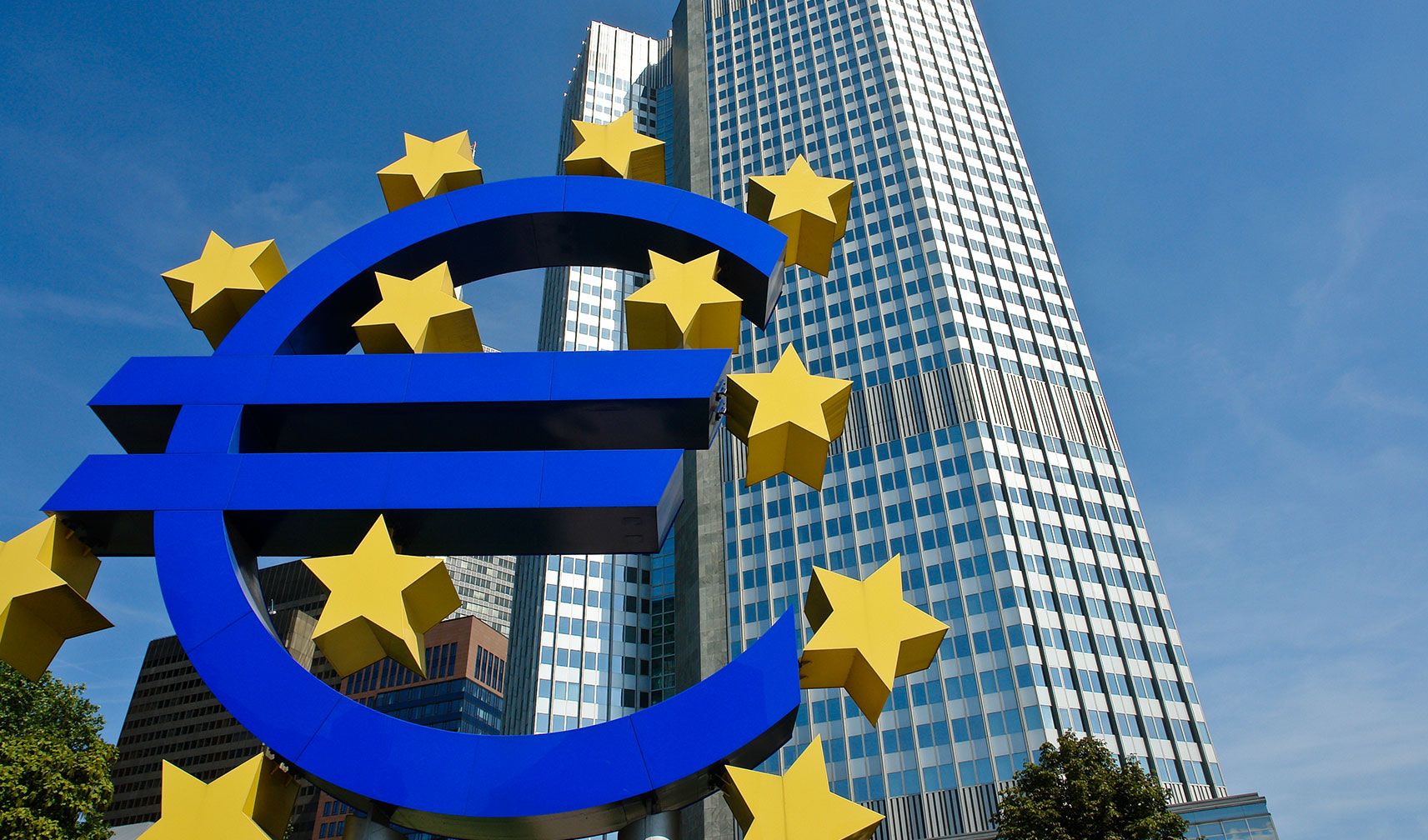Entering the European Amazon: Import, Taxes, FBA
There is no need to remind that the European market is a tasty piece. The question is how many resources should be invested to get it. We have covered the main points that the project team faces when launching a product on the European Amazon.
How to sell on the European Amazon?
Register for VAT.
Selling goods in Europe involves paying Value Added Tax (VAT). The details of VAT registration depend on the country where the company is registered, the countries where the goods are stored and sold, and the volume of sales.
Register on Amazon in one of the European countries.
(United Kingdom, Germany, France, Italy, or Spain). Moreover, with one account on the European Amazon, you can sell on the marketplaces (local Amazons) of all five countries. So it doesn’t matter which one you register with first.
The fee for a professional or individual account per month is always the same and does not depend on how many European countries you sell in. You will manage your account through the Seller Central Europe platform. During registration, you need to provide a VAT number, bank account, phone number, credit card, and Employer Identity Number (EIN) or its equivalent.
Create listings on marketplaces in different countries.
After registration, you need to fill in the listings with content. Moreover, for the marketplace of each of the five countries, you need to create a separate listing. You can simply copy the content, but for higher conversion, it is better to translate the description, bullets, and keywords into the local language of each of the countries you are entering the market.
Importing products to a warehouse.
To import goods into Europe (both FBA and FBM), you need to pay an import tax and obtain an EORI (Economic Operator Registration and Identification Number), a unique identification number assigned to traders engaged in foreign trade. It is better to have a forwarder handle the taxes and customs clearance.
It is important not to indicate Amazon as the importer or consignee in the declarations and documents. If you have not completed all the necessary paperwork and paid the taxes, Amazon will not accept the goods at their warehouse, and you will have to send them back at your own expense.
Create a product return plan.
It is important to provide an address in an EU country where the products can be returned. If there is no such address, Amazon will either dispose of the product or repack it and send it to other buyers.
Delivery of goods to customers
Just like on Amazon USA, on European Amazon, you can work with the FBA model, or independently manage the storage and delivery of goods. However, since Amazon Europe is not just one country, but five, there are a lot of nuances and differences. Let’s break it down.
Fulfilled by Manufacturer
The FBM model provides two options: delivering goods from within the European Union (EU) or from another country.
- Delivery of goods from the EU
This option is for those who deliver from warehouses within the European Union. As it is possible to deliver goods to customers within three days, sellers have the option of “Seller-fulfilled prime” (the ability to serve Prime customers without being part of FBA).
But in order to be able to fulfill Prime orders, the seller will have to go through a lengthy verification process.
Although this model does not require payment of FBA fees, it is difficult to work with it due to the large initial capital investment required. You need to organize a warehouse in one of the countries in Europe and register for VAT there.
- Delivery of goods from other countries outside the EU
This option is suitable for those who have their own warehouses in the US or another country outside the EU and it is more profitable to send orders directly to customers. In this case, there is no need to register for VAT and pay the FBA commission. However, by working with this model, the seller cannot fulfill Prime orders (not Prime eligible merchandise) as delivery takes more than 3 days. Additionally, customers will have to pay VAT on imported goods. If the goods were realized from within the EU, the VAT would be included in the price of the goods.
Fulfilled by Amazon
The benefits of working with FBA in Europe are exactly the same as in the US – no headache with order processing, storage, and delivery of goods. The only difference is the price – £25 per month, and the need to choose one of three FBA options.
- European Fulfilment Network (EFN)
Products are stored in a warehouse in the UK and delivered throughout Europe. If an order is delivered in the UK, only the FBA commission (local fulfillment fee) is charged to the seller. If it’s delivered to another country, the commission is for delivering the product to another country (cross-border (EFN) fulfillment fee). UK residents receive orders faster than residents of other countries.
- Pan-European FBA
Products are delivered to one of the FBA warehouses in Europe, and Amazon distributes them to warehouses in other countries based on demand in each region. Fast Prime delivery is available to residents of all European countries, not just the UK. The fee for delivering to any country is the same – local fulfillment fee. There are no cross-border fees, as in the EFN model. However, there is a catch – you’ll have to register for VAT in each country where your products are stored. Amazon promises to make the VAT registration process easier and even introduce discount systems, but when this will happen is unknown.
- Multi-Country Inventory (MCI)
Products are supplied and stored in multiple warehouses in the countries you choose. If an order is delivered to a country where the product is stored, the local fulfillment fee is charged. If it’s delivered to a country where the product is not stored, the EFN commission (cross-border fulfillment fee) is charged. For example, if you only want to sell in France and Germany, you can send the product to warehouses in these two countries. However, if residents of Italy occasionally buy from you, Amazon will charge an additional commission for delivery. Like the previous model, VAT must be registered in multiple countries.
How to register for VAT
In the article about registration on the American Amazon, we wrote that the seller solves tax issues on their own, without involving Amazon. Selling goods in Europe involves paying Value Added Tax (VAT).
It is mandatory to register for VAT in the country where the goods are stored. Registration in the country of sale is only required when the sales volume exceeds a certain threshold (VAT registration threshold). However, there is no need to register a company in every country where the goods are sold.
Let’s consider an example. You registered for VAT in France, store and sell goods in this country. You pay the collected VAT amount (20%) to the French tax authority. At the same time, you sell goods in Germany and suddenly exceeded the threshold of 100,000 euros. This means that you need to register your French company with the tax authorities in Germany. Your company receives a German VAT number, and you become a non-resident entrepreneur. After that, you collect VAT from buyers in Germany at the corresponding rate for this country – 19% and transfer it to the German tax authority.
You can go through the VAT payer registration procedure online on the website of the tax authority of the country (for example, the British website www.gov.uk). If you are registering in the UK, you need to obtain a VAT registration certificate. It should be issued within 14 days, but often this procedure takes more time. For convenience, we recommend taking the “In which countries should I register for VAT” test.
In which cases is VAT registration not required?
If the goods are not stored on the territory of the EU, are imported in small batches directly to end consumers, and their cost is low. But there is nothing good about this – you will either have to spend money on delivery or shift the payment of VAT to your customers, which they will not be very happy about.
Entering the European market is not an easy task. And imagine how many free niches there are, how low the competition is, and how much unmet demand there is! Difficulties seem insignificant, don’t they? Don’t limit yourself to the market of one country – the whole world is waiting for you!

